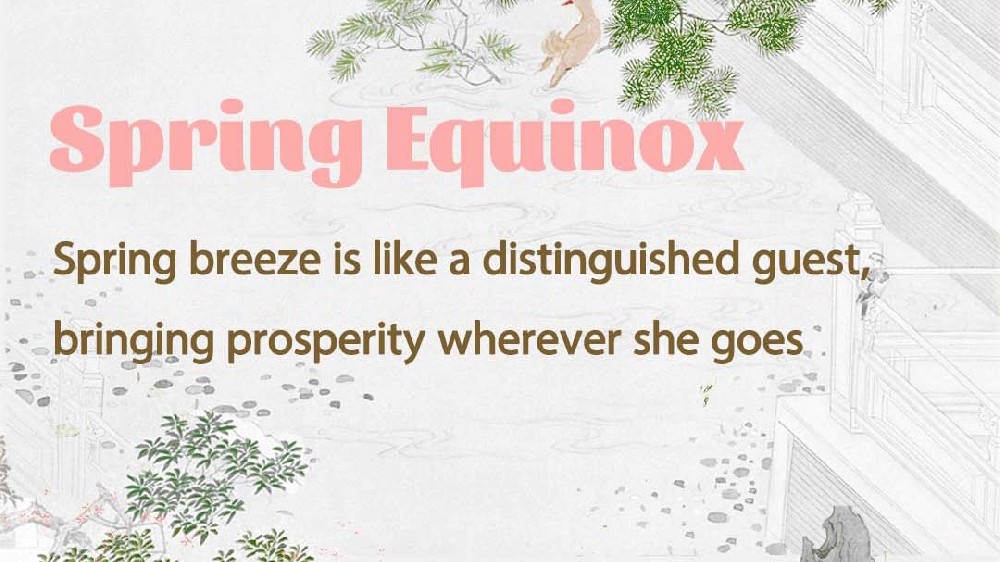
West Lake Chronicles: Where Classical Poetry Meets Digital Reverie
On misty mornings when Hangzhou’s skyline dissolves into the pearl-gray haze, West Lake becomes a living ink wash painting. The UNESCO World Heritage Site—a 6.38 km² aquatic symphony of "one mountain, two pagodas, three islands, three causeways, and five lake zones"—has inspired poets for a millennium. Su Dongpo’s 11th-century verse, "To compare West Lake to Lady Xizi / Light makeup or heavy, she’s peerless" (欲把西湖比西子,淡妆浓抹总相宜)still echoes across its willow-fringed shores.

But beneath this serene surface lies a geological drama: 2,000 years ago, this was a brackish lagoon severed from the Qiantang River by sediment barriers. Through Tang dredging projects led by Governor Bai Juyi and Song-era engineering marvels like Su Shi’s eponymous Su Causeway, humans sculpted nature into a Confucian ideal—where "three cloud-wrapped mountains embrace the city".
1. Landscape as Living Poetry
The "Ten Scenic Poems" codified in 13th-century Southern Song court paintings remain West Lake’s visual grammar. Take "Autumn Moon Over Calm Lake": Painters would position viewers at Bai Causeway’s western tip, framing the moon’s reflection through triple-layered perspectives—lotus leaves (foreground), misty waters (midground), and Wushan Hill’s silhouette (background). This spatial choreography, mimicking Song scroll paintings, turns seasonal transitions into metaphysical theater.
2. Mythologies in Marble and Mist
Every cobblestone whispers legends. At Broken Bridge (断桥残雪), winter frost fractures the stone—a perfect metaphor for the star-crossed love between the White Snake spirit, Bai Suzhen, and the mortal Xu Xian. This 12th-century tale, first recorded in Tales of West Lake’s Three Pagodas, now fuels avant-garde reinterpretations: holographic dramas projected onto Leifeng Pagoda ruins, where visitors don AR glasses to witness Bai’s watery rebellion against monk Fahai’s tyranny.
3. Cultural Stratigraphy
West Lake is China’s intellectual palimpsest. The hermit-poet Lin Bu’s plum-blossom odes at Solitary Hill coexist with Jingci Temple’s Zen koans. At Xiling Seal Engravers’ Society, master carvers still chisel oracle bone scripts onto jade—a craft UNESCO recognized in 2009. Even Hangzhou’s tea culture owes its refinement to Lu Yu’s Classic of Tea, penned lakeside in 760 AD.
The 2023 West Lake Museum upgrade transformed cultural preservation. Among 400 artifacts, a Northern Song celadon teacup—once used by Su Shi himself—now sits beside interactive 3D maps showing how the poet’s dredging projects reshaped hydrology. Visitors can "paint" virtual lotuses that bloom in real time across projection-mapped lake surfaces, blending Su’s aesthetics with generative AI.
Hangzhou’s 2024 "Immersion Song Market" reimagines 12th-century commerce. At night markets along Bai Causeway, AR-enabled paper lanterns float skyward when users recite classic poems. Tea masters demonstrate dian cha (tea whisking) alongside baristas crafting matcha lattes with 3D-printed foam art. The pièce de résistance? A blockchain-authenticated "digital twin" of Su Causeway, where NFT-collectible peach blossoms bloom each spring.
When the animated film White Snake: Floating Life premiered on West Lake in 2024, it merged cinema with site-specific theater. Audiences aboard electric gondolas watched CGI Bai Suzhen "swim" alongside their boats, her serpentine form rippling through actual moonlit waves. Post-screening, visitors could collect augmented reality "memory shards" at ten mythic locations—from Xu Xian’s herbal shop to Liang Shanbo’s tomb—unlocking a transmedia narrative spanning 800 years.
West Lake’s latest ambassadors aren’t poets but algorithms. The municipal government’s "Cultural Gene Bank" project uses machine learning to analyze 6,300 historical texts and 120,000 visitor photos, generating personalized tour routes. Thereby, A French couple’s 2025 honeymoon itinerary in Hangzhou might include:
Sunrise qigong at Leifeng Pagoda with AI-generated verses in Baudelaire’s style;
Afternoon tea blended by a robot trained in Lu Yu’s tea classics;
Evening VR reenactment of Bai Suzhen’s flood battle, motion-captured by Peking Opera masters;
As UNESCO evaluator Mechtild Rössler noted during the 2011 inscription, West Lake doesn’t just preserve history—it continuously rewrites it through collective imagination.
Now, with blockchain-authenticated digital twins and AI-curated legends, this 2,000-year-old waterscape is scripting its next millennium.
